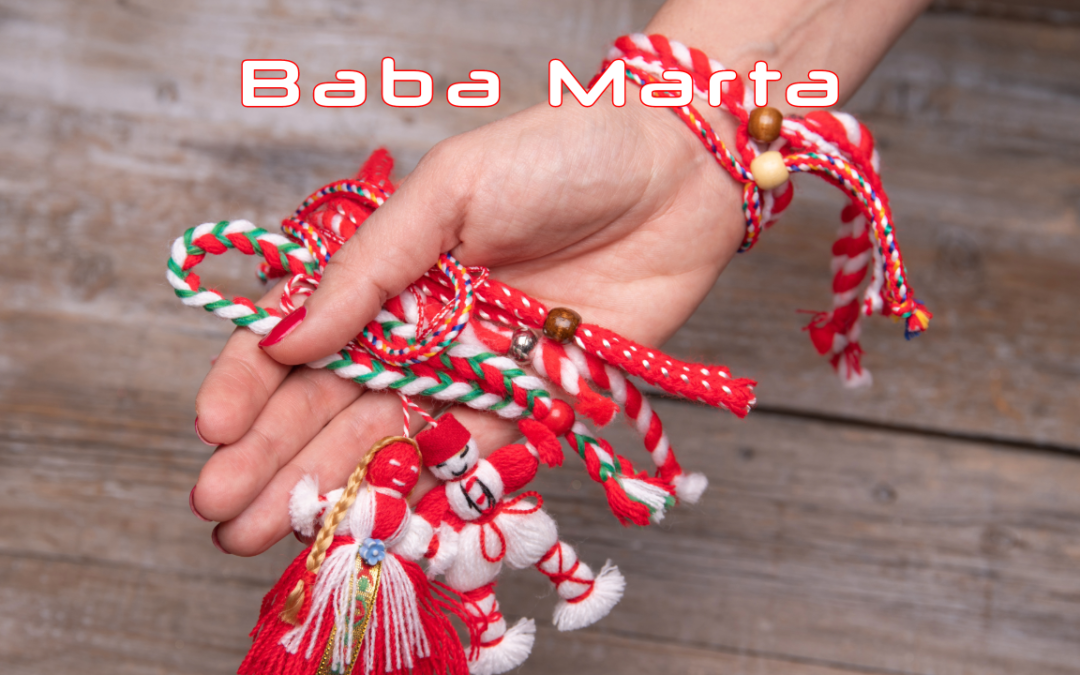Baba Marta is a Bulgarian celebration and tradition, also known as Grandma March Day, and is a holiday observed on the first day of March.
This is one of the oldest holidays and pagan traditions. It is a day when people celebrate the end of winter and welcome spring.
Traditions
It is traditional to clean out the homes before March 1 to welcome spring and Baba Marta. This cleaning also means getting out the old to open space for the new to come.
On this day, it is traditional for people to craft, wear, and give red and white string gifts, most usually bracelets that are called martenitsi.
Colors, red and white, mean a wish for prosperity during the coming year and for the recipient to have good health and happiness. Traditionally, people wear these charms until they see a tree in bloom or a stork. Oftentimes, when Baba Marta is over, people tie these string bracelets to birch trees.
Bulgarians sometimes celebrate this holiday with a party to welcome spring. They cook traditional foods such as chicken with cabbage or rice, roasted potatoes, roasted beans, pork with rice or cabbage, peppers börek, mish-mash, stuffed courgettes, Kavarma, Plakiya, Kapama, and Drusan kebab. Furthermore, they have soups and stews, grilled foods such as pork steak, chicken, grilled fish, and cold cuts like Pastarma and Sujuk.
History and Legends
Spring celebrations typically go back centuries. Sometimes, and Baba Marta is the case, it’s difficult to track their origins.
Some historians speculate that it may go back to Ancient Greece or Rome. Nonetheless, Baba Marta is one of the most ancient traditions in the Balkan Peninsula, and it is related to old agricultural cults.
While Baba Marta’s history is hidden in the midst of time, there are some legends about its origin.
The most popular legend says that Granny March (Baba Marta) was a woman who would shift moods from happy to angry and then back to happy in a minute and that her temperament would affect the weather.
According to the legend, when she is happy, the sun comes out and shines, the winds are balmy, and the skies are blue. But when she is angry, the skies become overcast, the wind grows cold, and winter lasts much longer.
Also, the legend says that Baba Marta would only visit perfectly clean houses, and the winter would stick around to those she wouldn’t visit.
The tradition of wearing red and white is also buried in folklore and time. However, in some myths, red is attributed to the god of war and guardian of spring, Mars, or Ares in Greek Mythology. White represents purity and goodwill.

